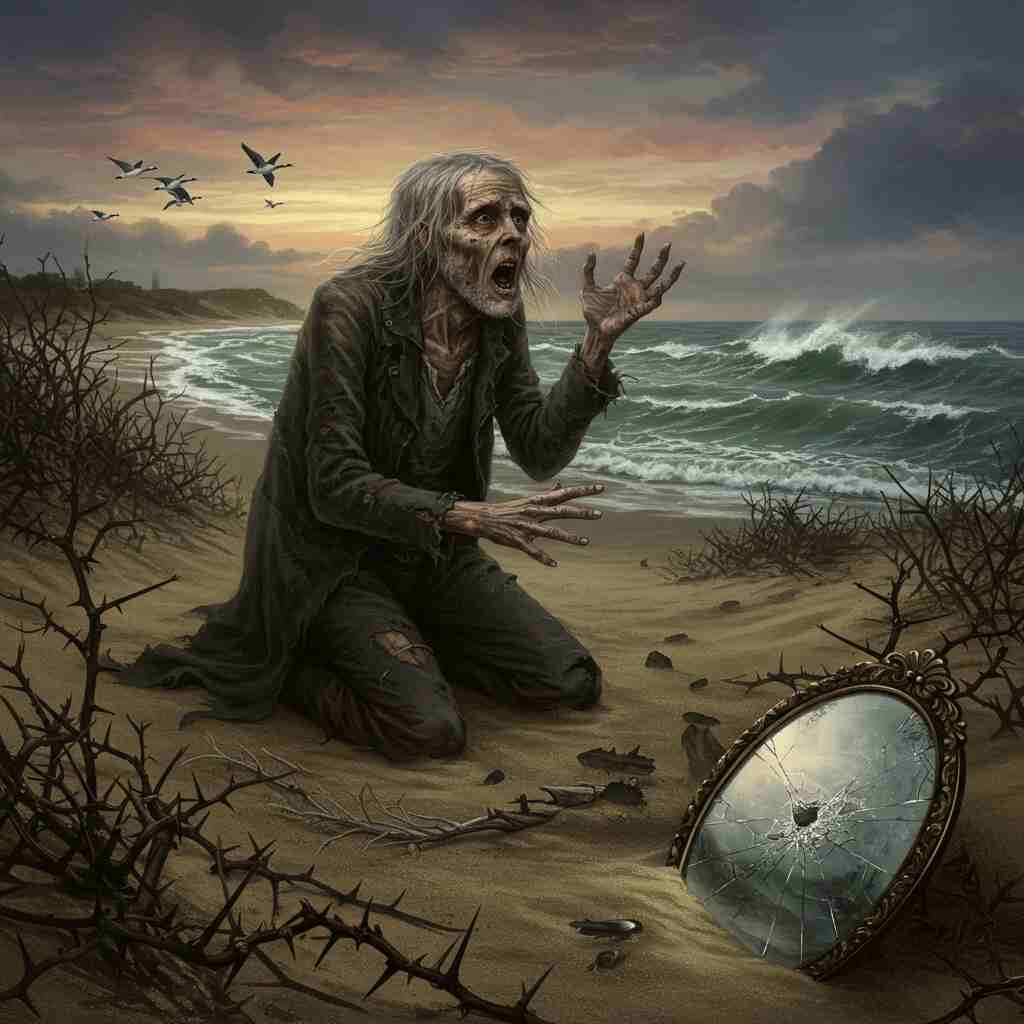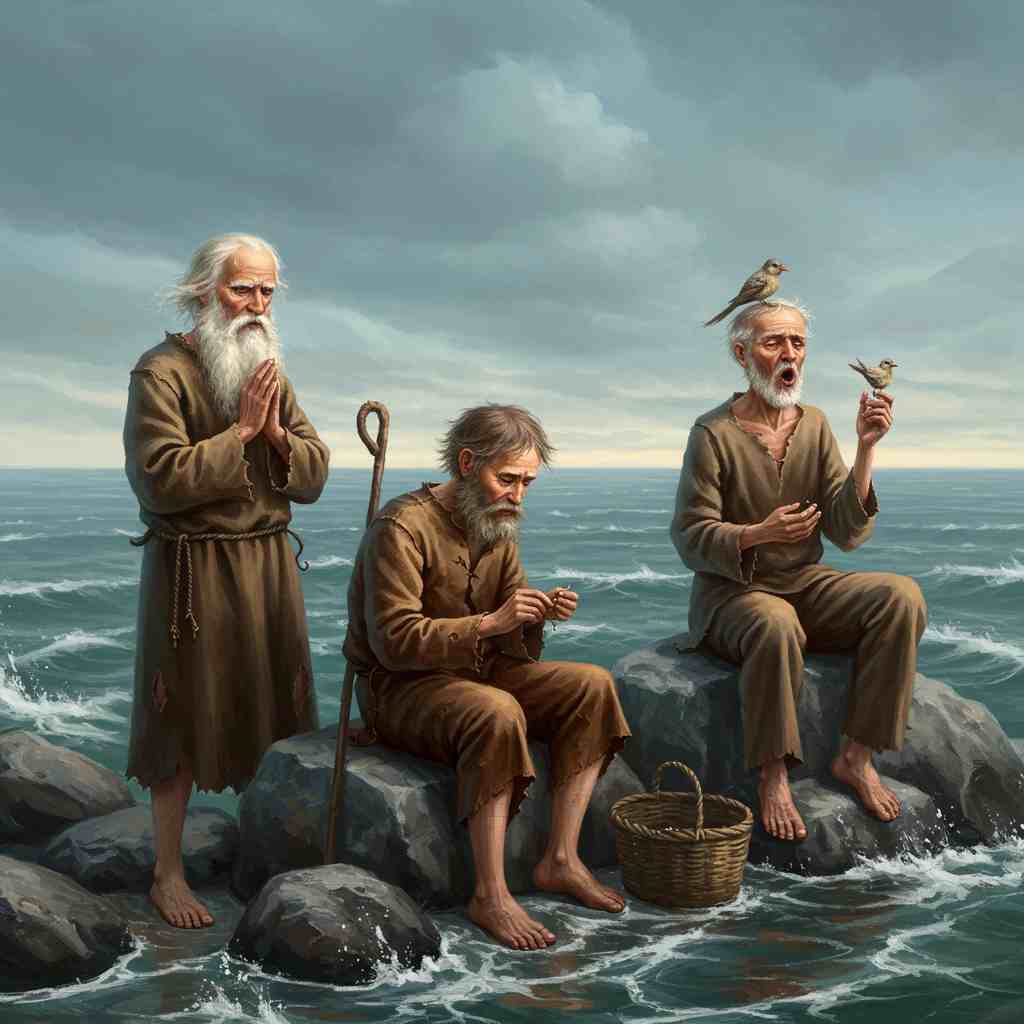7 Poems by William Butler Yeats
1865 - 1939
William Butler Yeats Biography
William Butler Yeats, born on June 13, 1865, in Sandymount, Ireland, was one of the foremost figures of 20th-century literature. A poet, playwright, and prose writer, Yeats was a driving force behind the Irish Literary Revival and played a significant role in shaping modern poetry.
Yeats was born into an artistic family. His father, John Butler Yeats, was a lawyer turned portrait painter. This artistic environment nurtured young William's creative talents from an early age. Although the family moved to London when Yeats was two, they frequently returned to Ireland, and the country's landscapes, folklore, and mythologies would profoundly influence his work.
Yeats's early poetry, collected in works like "The Wanderings of Oisin and Other Poems" (1889), was heavily influenced by Irish folklore and the Romantic movement. These early works are characterized by their dreamy, mythical quality and their celebration of Irish culture and heritage.
In the 1890s, Yeats became involved in the Irish nationalist movement and the Celtic Revival. He co-founded the Irish Literary Theatre, which later became the Abbey Theatre, Ireland's national theater. This period saw him produce plays and poetry that engaged more directly with Irish politics and cultural identity.
Yeats's poetry underwent a significant transformation in the early 20th century. Collections like "The Green Helmet and Other Poems" (1910) and "Responsibilities" (1914) show a move towards a more direct, personal style. This shift coincided with his unrequited love for Maud Gonne, a relationship that would inspire many of his most famous poems.
The Easter Rising of 1916 marked another turning point in Yeats's work. His poem "Easter, 1916" reflects his complex feelings about the uprising and its leaders, whom he knew personally. This event, along with the subsequent Irish Civil War, led to some of his most powerful political poetry.
Yeats's later work, including collections like "The Tower" (1928) and "The Winding Stair and Other Poems" (1933), is often considered his finest. These poems are characterized by their philosophical depth, their engagement with aging and mortality, and their mastery of poetic form. Famous poems from this period include "Sailing to Byzantium," "The Second Coming," and "Among School Children."
Throughout his career, Yeats was deeply interested in mysticism and the occult. He was a member of the Hermetic Order of the Golden Dawn and developed a complex system of symbolism and mythology that informed much of his later work. This is particularly evident in his prose work "A Vision" (1925, revised 1937), which outlines his esoteric beliefs.
Yeats was also a significant figure in the modernist movement in poetry. While he never fully embraced free verse or the more radical experiments of poets like T.S. Eliot or Ezra Pound, his later work shows a modernist concern with fragmentation, symbolism, and the exploration of consciousness.
In addition to his poetry, Yeats was an accomplished playwright. His plays, which include "The Countess Cathleen" (1892) and "The Land of Heart's Desire" (1894), often draw on Irish mythology and folklore. Later plays like "The Tower" (1928) and "The Words Upon the Window Pane" (1934) explore more personal and philosophical themes.
Yeats's contributions to literature were recognized with the Nobel Prize in Literature in 1923. In his later years, he was a senator of the Irish Free State and continued to be a major cultural figure in Ireland and internationally.
William Butler Yeats died on January 28, 1939, in Menton, France. His last poems, published posthumously in "Last Poems and Two Plays" (1939), show that he remained a vital and innovative poet until the end of his life.
Yeats's influence on modern poetry has been profound and long-lasting. His ability to combine personal experience with broader cultural and mythological themes, his mastery of traditional forms alongside more innovative techniques, and his engagement with both political realities and spiritual mysteries have made him a touchstone for generations of poets.
In literary criticism, Yeats's work has been subject to numerous interpretations. Critics have explored his use of symbolism, his engagement with Irish politics and culture, his treatment of aging and mortality, and his complex relationship with modernism. His development as a poet over his long career provides a fascinating study of how a writer can evolve while maintaining a distinctive voice.
Today, William Butler Yeats is remembered as one of the greatest poets of the English language. His work continues to be widely read, studied, and celebrated for its beauty, its depth, and its enduring relevance. Yeats's legacy is that of a poet who bridged the Romantic and modernist traditions, who engaged deeply with his cultural and political context while exploring universal human experiences, and who continually pushed himself to new heights of poetic achievement throughout his long and prolific career.
This text was generated by AI and is for reference only. Learn more
Username Information
No username is open
Unique usernames are free to use, but donations are always appreciated.
Quick Links
© 2024-2025 R.I.Chalmers (V2Melody).

All music on this site by R.I.Chalmers (V2Melody) is licensed under a Creative Commons Attribution-NonCommercial 4.0 International License.
Attribution Requirement:
When using this music, you must give appropriate credit by including the following statement (or equivalent) wherever the music is used or credited:
“Music by R.I.Chalmers (V2Melody) – https://v2melody.com”
Support My Work:
If you enjoy this music and would like to support future creations, donations are always welcome but never required.
Donate







